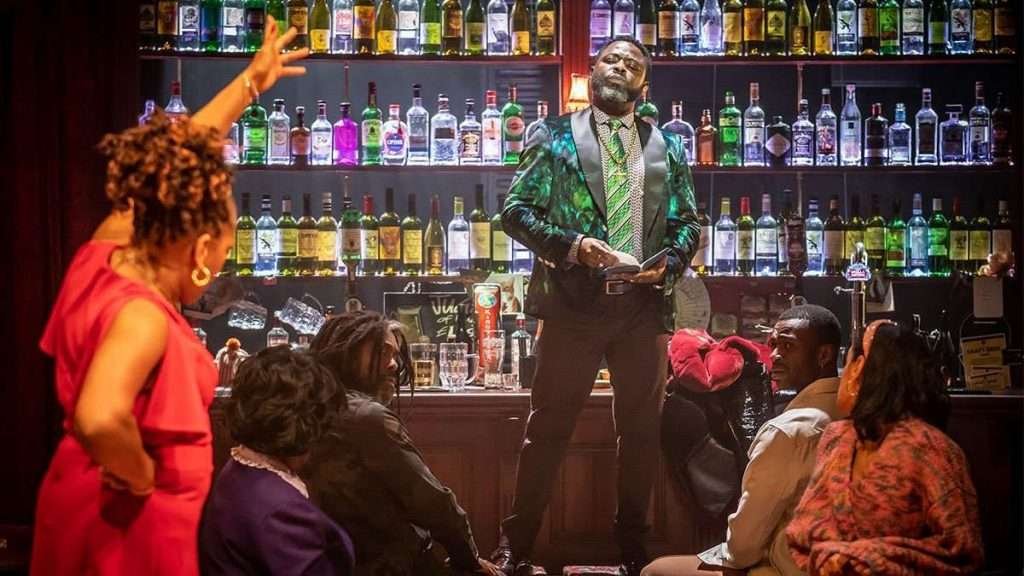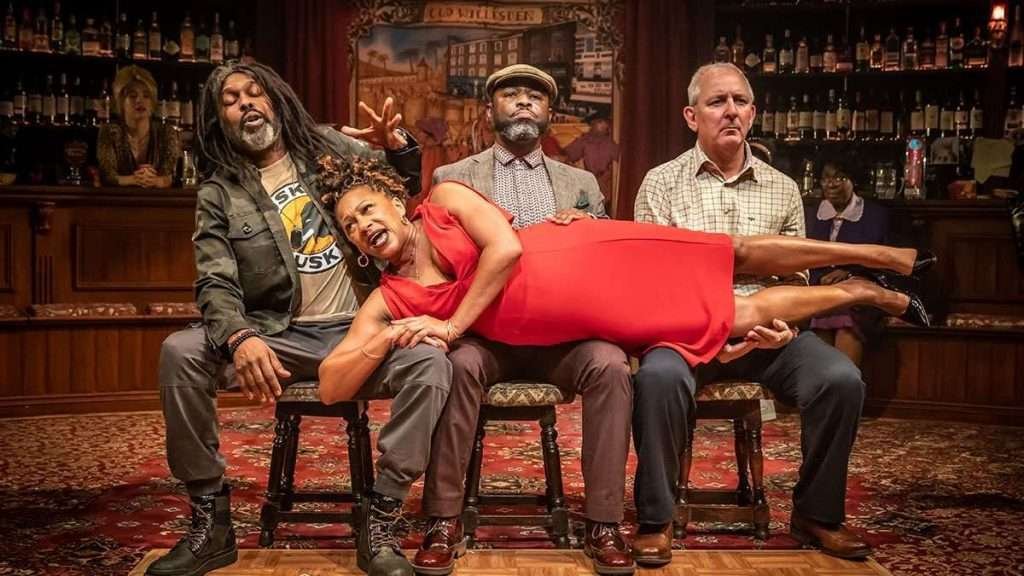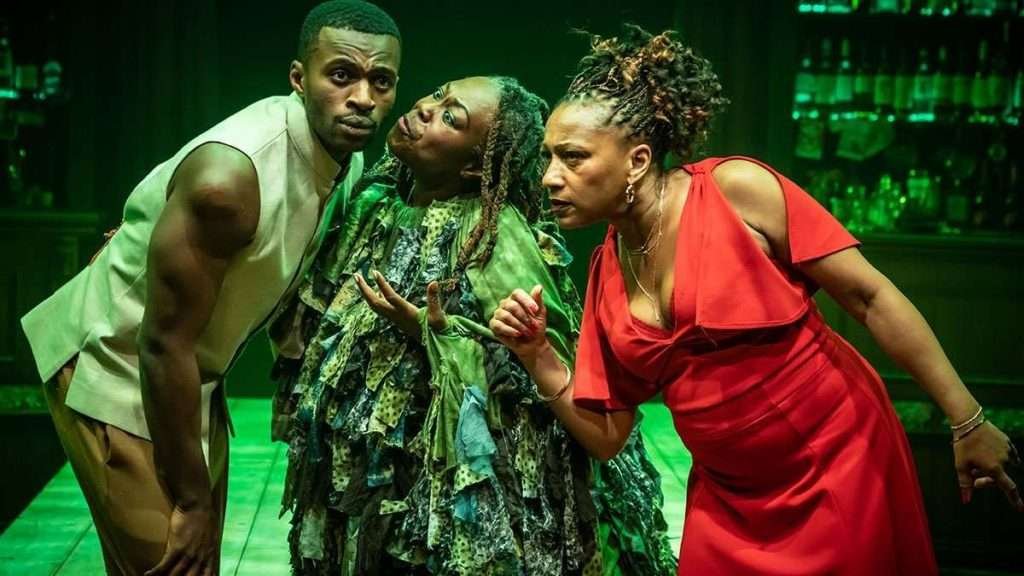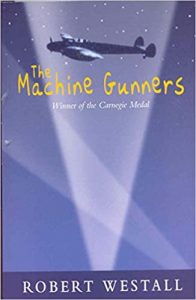 The BPO was scaled down to Baroque proportions with lots of soloists from within its ranks for this concert. It’s a pity the audience seemed to have scaled itself down too – there were far too many rows of empty seats. They missed an elegant potpourri of 18th and late 17th century music which mixed the very familiar (Winter from The Four Seasons) with less commonly heard pieces such as Rebel’s Chaos from Les Elemens. That said, most of the programme would have been known to most of the audience and conductor/Harpsichordist Robert Howarth spoke about each piece so it was all pretty accessible both to classical music newbies and children.
The BPO was scaled down to Baroque proportions with lots of soloists from within its ranks for this concert. It’s a pity the audience seemed to have scaled itself down too – there were far too many rows of empty seats. They missed an elegant potpourri of 18th and late 17th century music which mixed the very familiar (Winter from The Four Seasons) with less commonly heard pieces such as Rebel’s Chaos from Les Elemens. That said, most of the programme would have been known to most of the audience and conductor/Harpsichordist Robert Howarth spoke about each piece so it was all pretty accessible both to classical music newbies and children.
We began with Jean-Fery Rebel’s extraordinary, dissonant depiction of Chaos which anticipates The Rite of Spring by nearly two centuries. It’s amazing what you can do with a descending D minor scale. It was played here with due attention to the drama and some lovely piccolo playing, the trills soaring over the texture. For me, incidentally, this was a particular treat because, although I know the piece from recordings this was the first time I have ever heard it live. So thanks for that, BPO.
Later in the programme we got three concerti: Vivaldi’s Winter (played with lots of smiling warmth and exuberance by Ruth Rogers on violin) Brandenburg 2 and Vivaldi La Tempesta di Mare in F. I particularly liked Jonathan Price’s bassoon solo work in the latter. The collaborative spirit of these Baroque concerti in which everyone joins in until solo lines emerge is very attractive.
Ruby Hughes (a last minute stand in for ill-disposed Gillian Keith) sang four arias – one Purcell and three Handel. Standing behind the harpsichord so that she was in the heart of the orchestra and could see the principal cello, she found every ounce of passion in Dido’s lament giving us a very emotionally intelligent, haunting rendering. Then came Handel’s Piangero la sorte mia from Giulia Cesare and Lasshi ch’io pianga from Rinaldo both sung with tearful conviction. I was slightly less convinced by her account of Let the Bright Seraphim, such a well known pot boiler, which needed – I think – a bit more rehearsal with John Ellwood on trumpet.
The concert ended with the chirpy grandiloquence of Music for the Royal Fireworks (well, it was the weekend of 5 November after all). For this, thirteen wind and brass players appeared, most of whom we had not previously seen and heard, along with a timpanist. Every movement was nicely pointed with lots of dynamic colour. Although this is music most of us have heard a million times before and, probably, played all sorts of arrangements of it at different times, Howarth and BPO made it feel enjoyably fresh.
Joanna MacGregor is now BPO’s Musical Director and she’s admirably hands-on. Not only did she introduce the concert at the beginning but she, several times, personally arranged stands for soloists and presented a bouquet to Ruby Hughes at the end. Good to see such real involvement.
First published by Lark Reviews: https://www.larkreviews.co.uk/?p=6714










